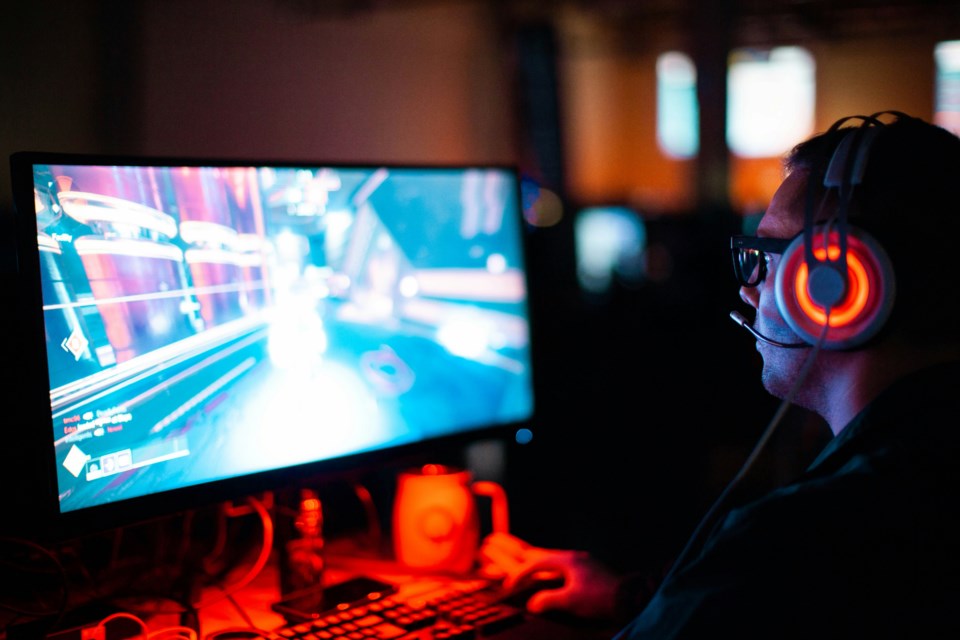Over the last 50 years or so there have been great changes in the level media violence, all in the name of entertainment. When I was young, violence on TV or in the movies involved a cowboy in a gun battle falling off his horse or in a shootout 50-100 metres away from the camera. Since then, action shows (and video games) have become progressively more violent to the point where graphic violence is mainstream and expected.
When first exposed to violence, fear or horror in the media our psyche is initially shocked and our brains have fight or flight response. Our subconscious mind does not know the difference between fantasy and reality and doesn’t realize the stimuli isn’t actually threatening. If we are mature enough to understand that it isn’t real, our cognitive mind rationalizes and we become desensitized to it over time.
Experiencing trauma or life-threatening situations creates hormonal chemicals in our body as it prepares to do what it needs to survive (fight, flee or freeze). These hormones include adrenaline, cortisol and norepinephrine. Media (TV, movies, video games and the internet) that are based in violence, horror and fear can also cause our brains to go into the trauma response, releasing these survival hormones.
With continued exposure however, the brain will become numb as it desensitizes to the stimuli. This numbness is a survival mechanism in the brain because the body is not meant to sustain repeated adrenaline stress. For cultures who have to cope with the real-life trauma and horror of war or ‘ethnic cleansing,’ a numbness can be seen on the faces of those who have actually endured such extreme hardships. It is incredulous to me that, when other parts of the world are dealing with real-life horrific experiences, our western culture is addicted to artificial violence to stimulate the adrenaline rush.
In my opinion, the reason for the increasing violence in the media (especially video games) is the addictive nature of adrenaline, which is released before the cognitive brain reminds us that the stimuli is fantasy. Adrenaline is highly addictive but the body will adapt to it and will adjust (desensitize) as it isn’t healthy to be in a continued heightened state of trauma or fear arousal. Becoming numb is also part of survival. (Ask any adrenaline junkie if they need to experience scarier and scarier stimuli to get the same rush over time.)
This issue is of particular concern in the progression of video games. Hundreds of millions of dollars are spent on psychological testing to make sure there is enough graphic violence to create addictions in the young minds who are playing them. The dopamine hits and adrenaline rush people get when playing these games is highly addictive. Every time they accomplish a task or level or obliterate an enemy, they get a dopamine surge, and combined with adrenaline - it is a recipe for disaster. This is why it is so hard for kids to turn off the violent video games, and may have a violent reaction when forced to do so.
What happens when an adrenaline rush isn’t achieved by TV, movies or video games anymore? People may turn to videos on the internet — videos that may be real-life videos of rape, torture and murder which are plentiful on the dark web. Ask any 17-year-old boy to share the worst thing they have ever seen on the internet and, if they are honest with you, the answer will probably shock you. Sadly, teens (particularly boys) love to be shocked and to shock their friends in return — sharing these terrible videos.
This loss of innocence breaks my heart, as young people don’t understand that what they are exposing themselves to is actually causing trauma in their minds and bodies. There are many studies indicating that, in certain individuals, the exposure to media violence could lead to violent behaviour.
Claire Nielsen is a health coach, author, public speaker and founder of . The information provided in the above article is for educational purposes only and is not a substitute for professional health and medical advice. Please consult a doctor, health-care provider or mental health practitioner if you're seeking medical advice, diagnoses and/or treatment.


